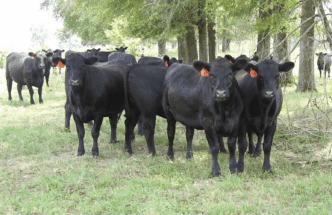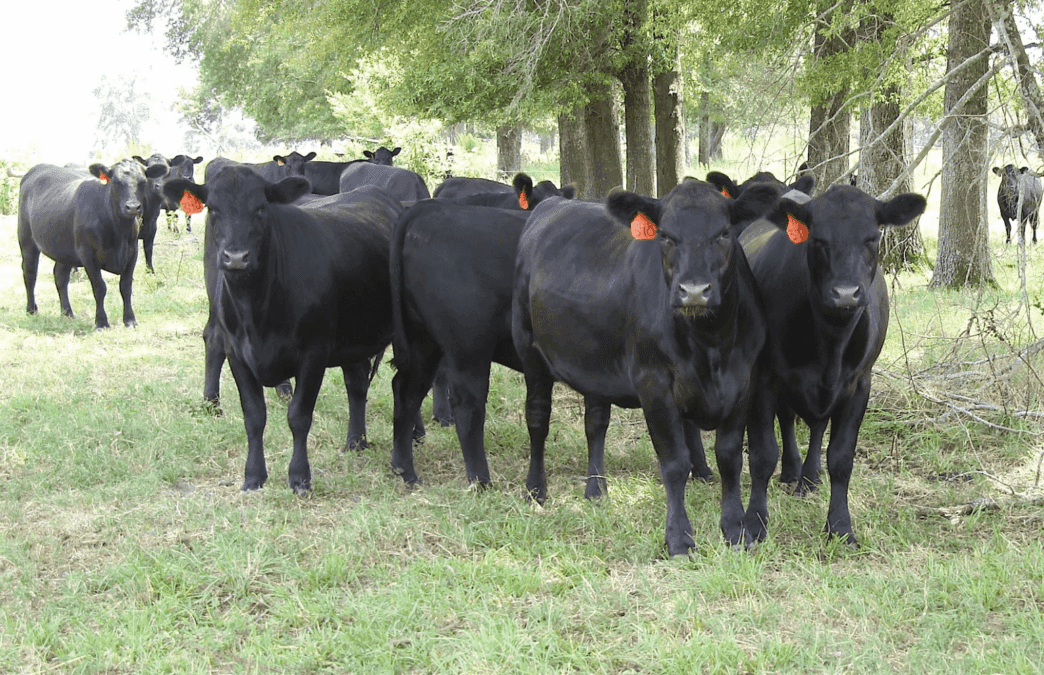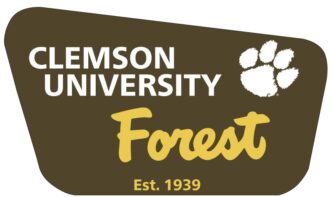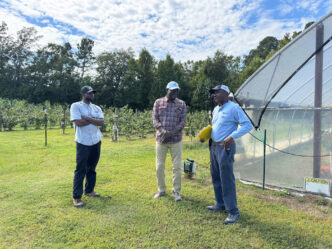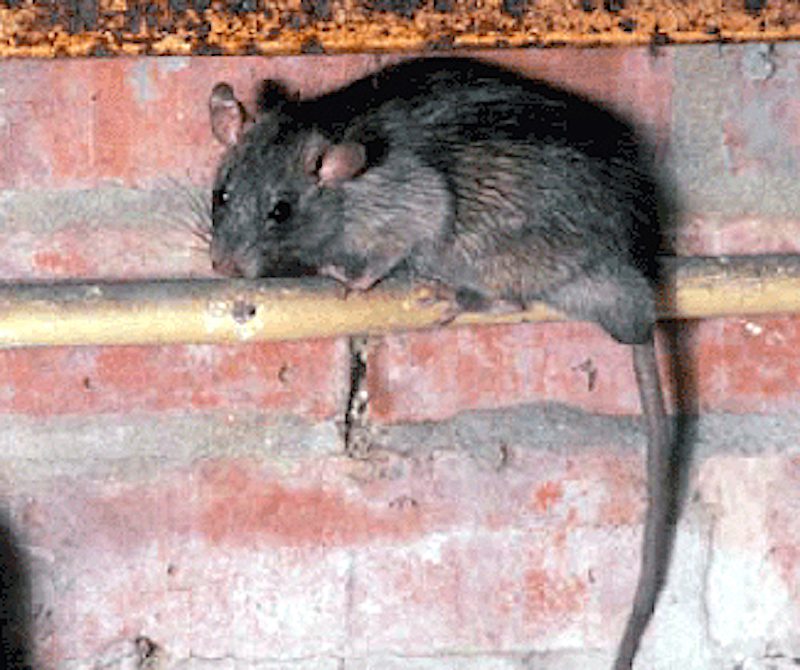CLEMSON – Most livestock producers probably wouldn’t give their animals LSD, but herds grazing on pastures of tall fescue may be consuming compounds similar to those found in the hallucinogenic drug.

Tall fescue is a popular grass for grazing, hay and erosion control in the eastern United States. Experts believe this grass could be responsible for more than $1 billion per year in livestock production losses.
Pasture renovation is one method that could help cut losses.
“Tall fescue is probably the most important cool season perennial forage in the United States,” said John Andrae, Clemson Extension forage specialist. “It can be found on more than 30 million acres in what is called the ‘Tall Fescue Belt.’ It is an incredibly useful grass – lots of fall and winter production, very drought tolerant, very grazing tolerant – so it’s an incredibly useful grass. The problem with this grass is that this grass has a fungus growing in it. This fungus produces multiple compounds that may be toxic. One of these compounds is similar to LSD.”
To help livestock owners learn management techniques and how to replant their pastures with a new nontoxic novel-endophyte fescue, the Clemson Cooperative Extension Service and other institutions are teaming up with the Alliance for Grassland Renewal to hold a one-day school for South Carolina producers.
Lunch, refreshments and materials will be provided. For information, contact Jennifer Arblaster at jarblst@clemson.edu, or 864.656.2530.
Topics addressed include: fescue toxicosis: symptoms and causes, economics, establishment and first-year management, drill calibration, seed and endophyte testing and transition from toxic to nontoxic fescue. A tour of field plots showing all available nontoxic novel tall fescue varieties and producer panel discussions also are included. Seed companies will be on hand to discuss products and cost share incentives.
The Tall Fescue Belt ranges from around central Missouri to northern South Carolina and also includes northern Georgia and northern Alabama.
“Producers need to replant their pastures to reduce the potential for their livestock to fall victims to fescue toxicosis or manage toxic pastures specifically to minimize the severity of toxicosis,” Andrae said.
END

